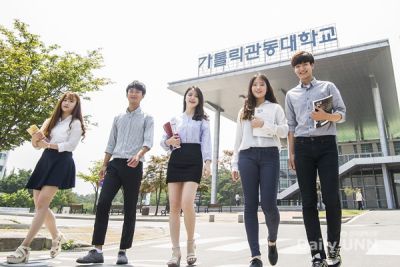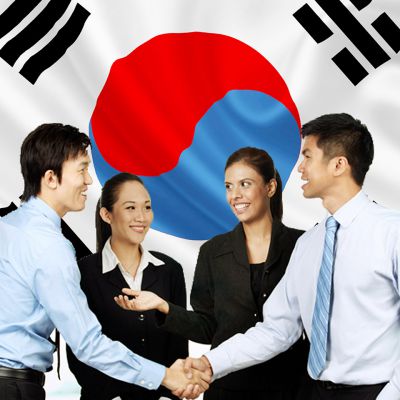☪☪☪KOREAN CULTURAL☪☪☪
1. HANBOK (한복)
Hanbok is a type of traditional Korean dress, often seen in movies, photos, and television.
Women's hanbok consists of a long Chinese skirt and a Bolero jacket. Men's shirt consists of a jeogori (저고리) short jacket and baji (바지) pants.
Both of these hanboks can be worn with a similarly styled long robe called a durumagi (두루마기). Today, Koreans mainly wear hanbok on public holidays (Mid-Autumn Festival, Lunar New Year) or wedding and funeral days.
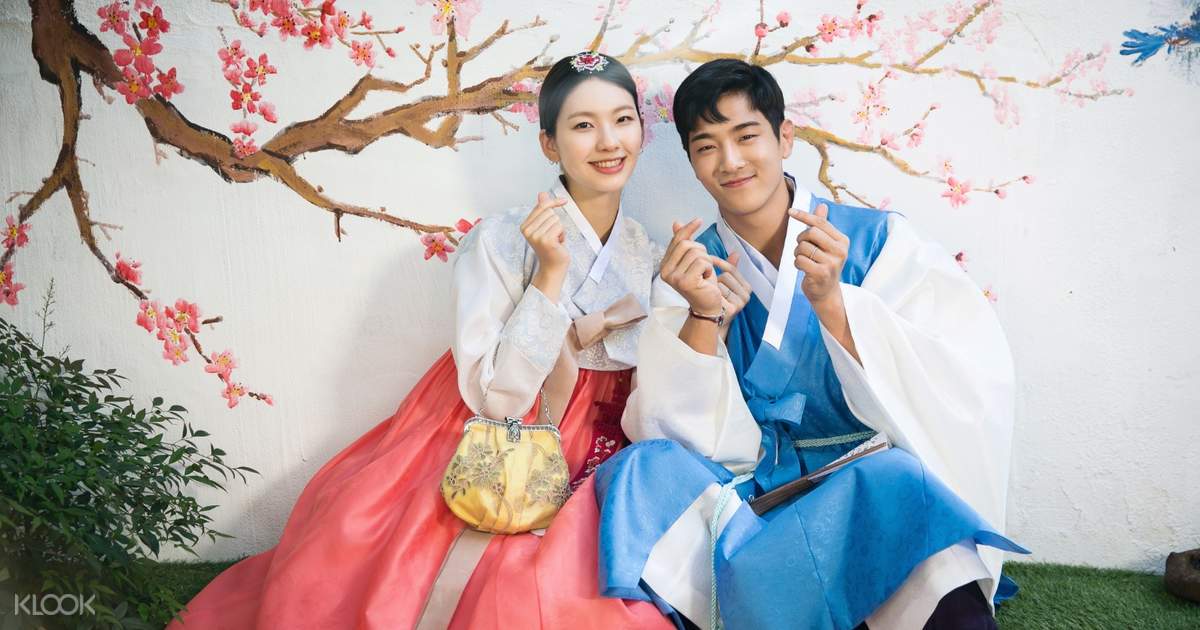
2. DISH KIMCHI (김치) and BULGOGI (불고기)
Bulgogi, which means grilled meat, is a popular Korean dish. Bulgogi can be made from any type of meat, although beef and pork are most commonly used.
And kimchi is a spicy pickled cabbage dish. Kimchi can be made from a variety of vegetables, the most commonly used are cabbage and radish. The vegetables are soaked in brine and washed. After draining, people mix spices into cabbage and radish. Kimchi is low in calories and cholesterol but rich in fiber, so it is often said that eating kimchi every day does not require a doctor.
![]()
Bulgogi
3. HANGEUL (한글) - OLD KOREA ALTERNATIVE
Hangeul alphabet was built in the 15th century by emperor Sejong, Joseon period. The alphabet consists of 14 consonants and 10 vowels. The combination of consonants and vowels form syllables, so the hangeul alphabet can form thousands of letters and represent any tone. Because it's relatively simple and limited in number, hangeul is easy to learn. Illiteracy is virtually non-existent in Korea thanks to this easy-to-use alphabet.
October 9th every year in Korea is the anniversary of the birth of Hangeul.
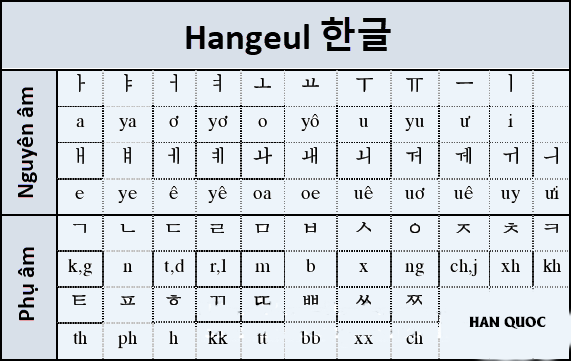
4. JONGMYO JERYEAK (종묘제례악)
On the first Sunday of May, descendants of the Jeonju Yi (전주이) clan, the royal family of the Joseon Dynasty (1392-1910), perform ancestor worship at Jongmyo Shrine in central Seoul.
Although this ceremony is performed in a much shorter rite than before, there are 19 types of classical instruments, including stone bells, bronze bells, drums, creating a special sound. for the traditional ceremony.
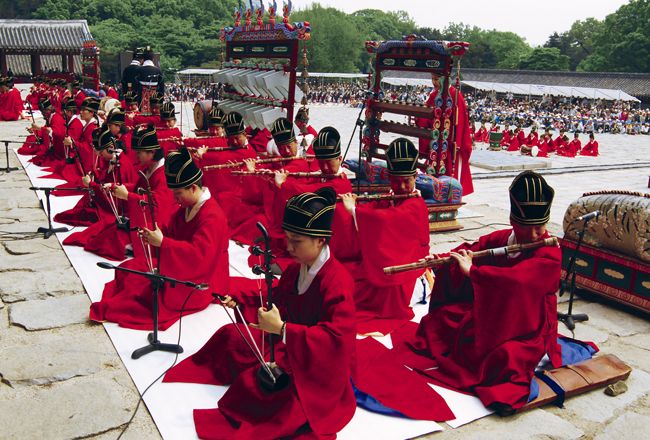
5. TALCHUM MASK DANCING
Masks, commonly known as tal (탈) in Korean, are made from paper, wood, dried gourds, and feathers. Most masks reflect the nuances and bone structure of the Korean face, but there are also some masks that show the faces of gods and animals, both real and imaginary.
The shapes of the masks are often strange and stylized, as talchum - mask dance - is often performed at night, under the light of bonfires.
Mask dance is basically a folk art form that developed naturally during the Joseon period, a period when there was little distinction between the ruling and upper classes in society and the common people.

6. CULTURE AND ARTS (한국예술)
Koreans show their talents in the field of music and art. Violinist Sarah Chang (사라장) released her first album at the age of 9. Another famous Korean violinist, Chung Kyung Hwa (정경화) has been holding the title of one of the most welcomed artists on the international stage for 25 years now. Artist Soprano Jo Su Mi (조수미) was discovered by the talented conductor Herbert von Karajan and according to Mr. Herbert, she has a natural singing voice.
In the modern era, many Korean groups are famous all over the world. Not only music but also acting in many blockbusters with high humanistic meaning such as: Descendants of the Sun, Landing on you, .... associated with the names of talented young actors.

Movie Descendants of the Sun
7. MATURITY RITUALS (관혼상제)
In Korea, the stages that each person has to go through in life and mark fundamental changes are commonly referred to as Gwanhonsangje (관혼상제) which means Kwan-Hun-Tang-Sacrifices, including coming of age ceremony, ceremony marriages, funerals and ancestral sacrifices.
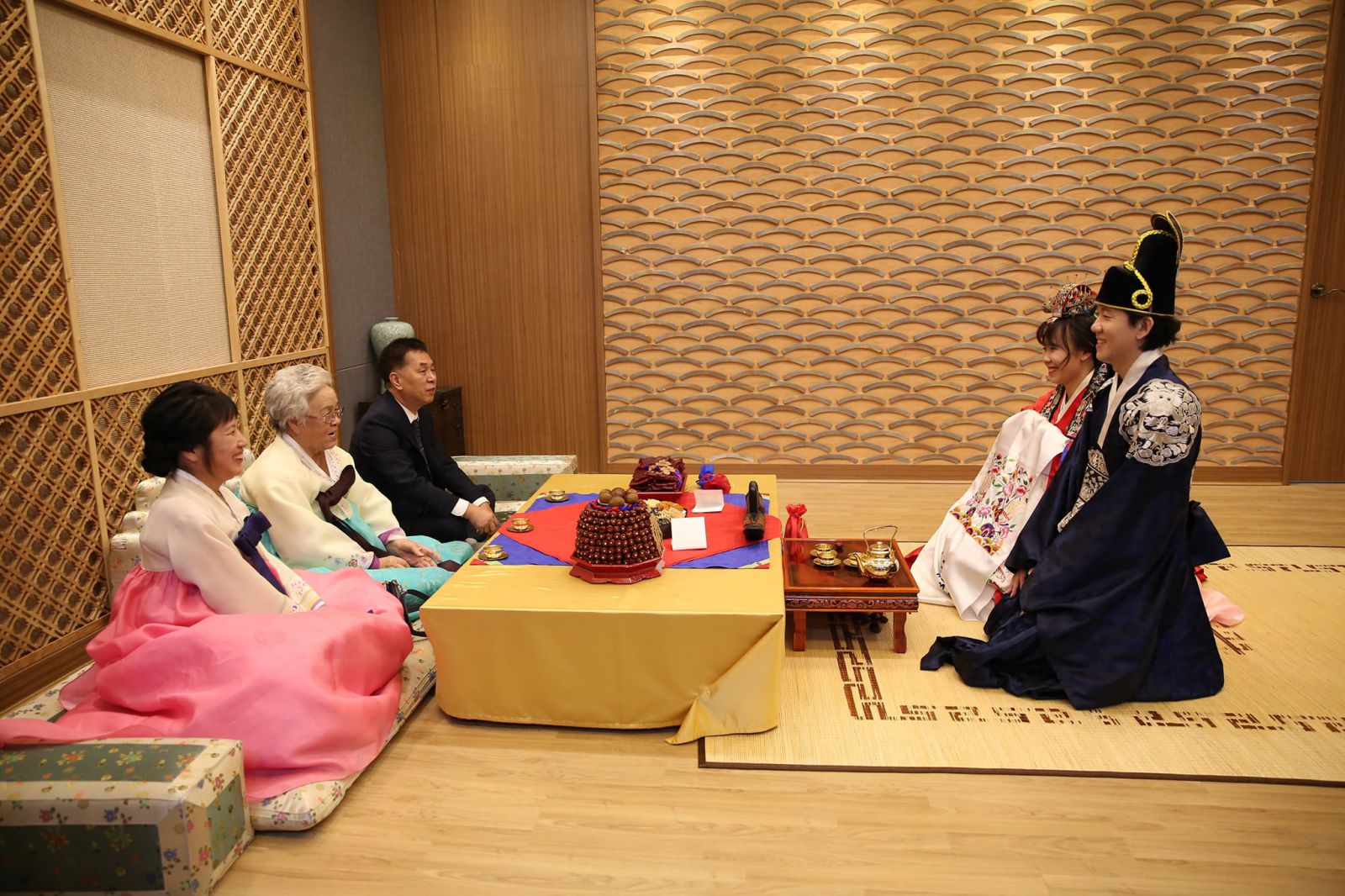
A traditional wedding
ಥ Coming of age ceremony is usually very simple. The adult boys rolled their long hair into a bun on top of their heads and were given a traditional Korean national hat made from a ponytail. Adult girls braid their hair into two braids and wear jewelry called binyeo (비녀).
ಥ The wedding ceremony is held at the bride's family and the newlyweds usually stay for two or three days at the bride's family before returning to the groom's house.
ಥ Funeral is very elaborately performed according to traditional Korean rites. The period of mourning lasted for two years, after a series of invocation ceremonies.
ಥ In addition to elaborate funeral rites, Koreans also perform many other cults related to life and death.



